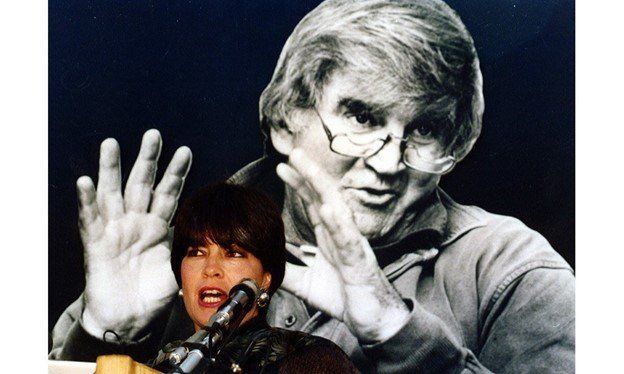What Role do Women Play in Philanthropy

According to the Australian Women Donors Network, an education-focused not-for-profit organization that facilitates gender-sensitive practice within the social investment and grant-making sector, women are participating in philanthropy in Australia at an increasing rate. This reflects women’s growing economic capacity and financial independence. Women’s involvement in philanthropy can help make strides towards gender equity.
Historically, Australian women’s philanthropy was based on volunteering. Today, working independently or within philanthropic foundations, Australian women are taking the lead and are distributing millions of dollars annually to philanthropic endeavours close to their hearts.
According to ProBono Australia, a leading news outlet for Australia’s social economy, Australian women are more likely than men to donate and they give a higher proportion of their income. And this is a global trend. Women are strongly connected to philanthropy because they give from the heart, focus on impact, have an emotional connection, and the desire to better the position of other women and close the gender inequity gap.
HOW DO WOMEN TAKE PART IN PHILANTHROPY?
More women-centric charitable organisations and giving circles are emerging. They focus on creating and supporting social change projects and campaigns, whether it be for conducting research on the issues affecting our communities, running thought-provoking events, or providing mentorship opportunities, and giving grants to vital grassroots projects.
Giving circles encourage women to participate and empower them to combine their resources collectively in order to effect change. They know that there is strength in numbers, and that joining forces is a great way to create impact for a worthy cause.
Women pool their financial, intellectual, professional, and personal resources to benefit not-for-profit organisations and social movements. For instance, the Melbourne Women’s Fund supports women and families, and highlights best practice for collective giving from a more localised collaborative giving circle. They are a charitable fund account of the Lord Mayor’s Charitable Fund, and have raised over $700,000 for award grants across 36 charitable organisations since 2014.
HOW CAN WOMEN IN PHILANTHROPY IMPACT GENDER EQUITY?
There is support for giving circles and women’s charitable organisations that serve to deal with issues that undermine the quality of life and futures of women and their families. Philanthropy Australia, the peak body serving the philanthropic community, is invested in prioritising gender equity through research initiatives with the Women Donors Network.
Women Donors is a not-for-profit organisation that advocates for philanthropy for women and girls, including direct funding of projects and organisations that specifically support women and girls, and funding through a gender lens to ensure that gender-neutral projects or initiatives include women and girls. The research will assist in understanding attitudes and behaviours relating to the inclusion of women and girls among grant-making organisations in Australia.
WHERE ABOUT IMPROVEMENTS IN GENDER EQUITY?
Women face more difficulties when trying to access health care all around the world. They face many barriers, including social, cultural and economic obstacles that prevent them from receiving the same quality of care as men.
There are 1.1 billion people with vision loss globally, and women account for 55% of the world’s blind. But four out of five women who are blind don’t have to be, because their blindness is from preventable, treatable or manageable causes such as cataract, trachoma, uncorrected refractive errors or diabetic retinopathy.
Globally women are also:
- 15% more likely to have moderate to severe vision impairment
- 12% more likely to have mild vision impairment
- 11% more likely to have near vision impairment
Most of these women who are avoidably blind live in low and middle-income countries, where resources are limited, and accessible and affordable health care is limited. The work on gender equity, being conducted by organisations like the Fred Hollows Foundation, aims to break down barriers that prevent women from seeking help and receiving the quality of care that is afforded to men.
The Fred Hollows Foundation
Rachael is a senior philanthropy executive at The Fred Hollows Foundation, connecting with philanthropists in Victoria and South Australia. Rachael has close to 10 years of experience in the not-for-profit sector, and loves linking supporters to impactful development programs that are essential for creating an equitable world.











